Age Controversies in Sports

Age Controversies in Sports
He Kexin

Since the International Gymnastics Federation only requires an athlete's passport as proof for its 16-year-old age limit, many claim the Chinese Government forged the passport of He, who appeared much younger than the required age. He won two gold medals at the Beijing Games but she and some of her teammates are now under investigation by the IOC and FIG.
Danny Almonte
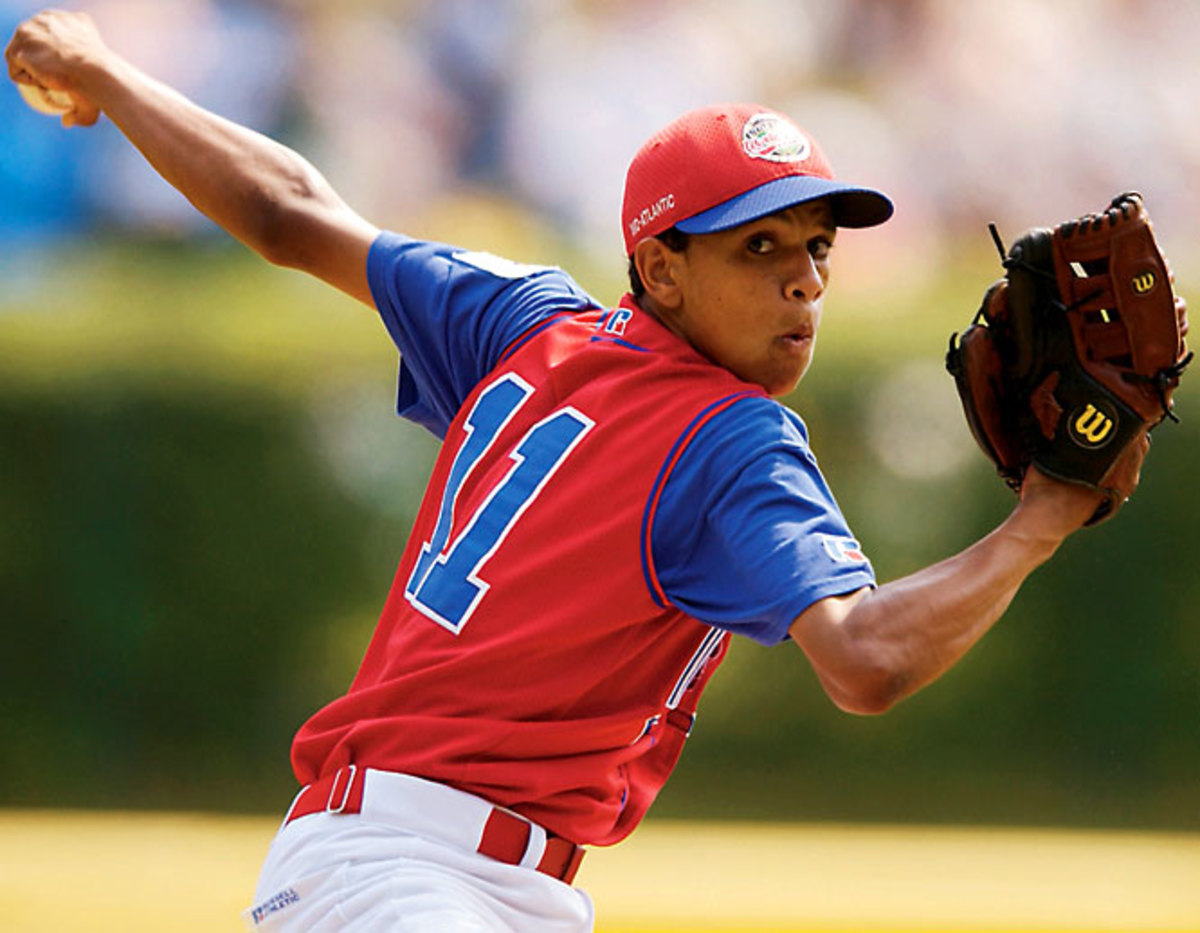
While the Beijing Olympics were notorious for athletes trying to act older than they really were, baseball players have long been trying to appear young. And Little Leaguer Almonte is one of them. His father claimed the young pitcher met the 12-year-old limit at the 2001 Little League World Series, but the truth was revealed when SI reporters Ian Thomsen and Luis Fernando Llosa obtained Almonte's birth ledger from the Dominican Republic, which stated that he was born April 7, 1987 -- not in 1989 like his father claimed.
Kim Gwang Suk
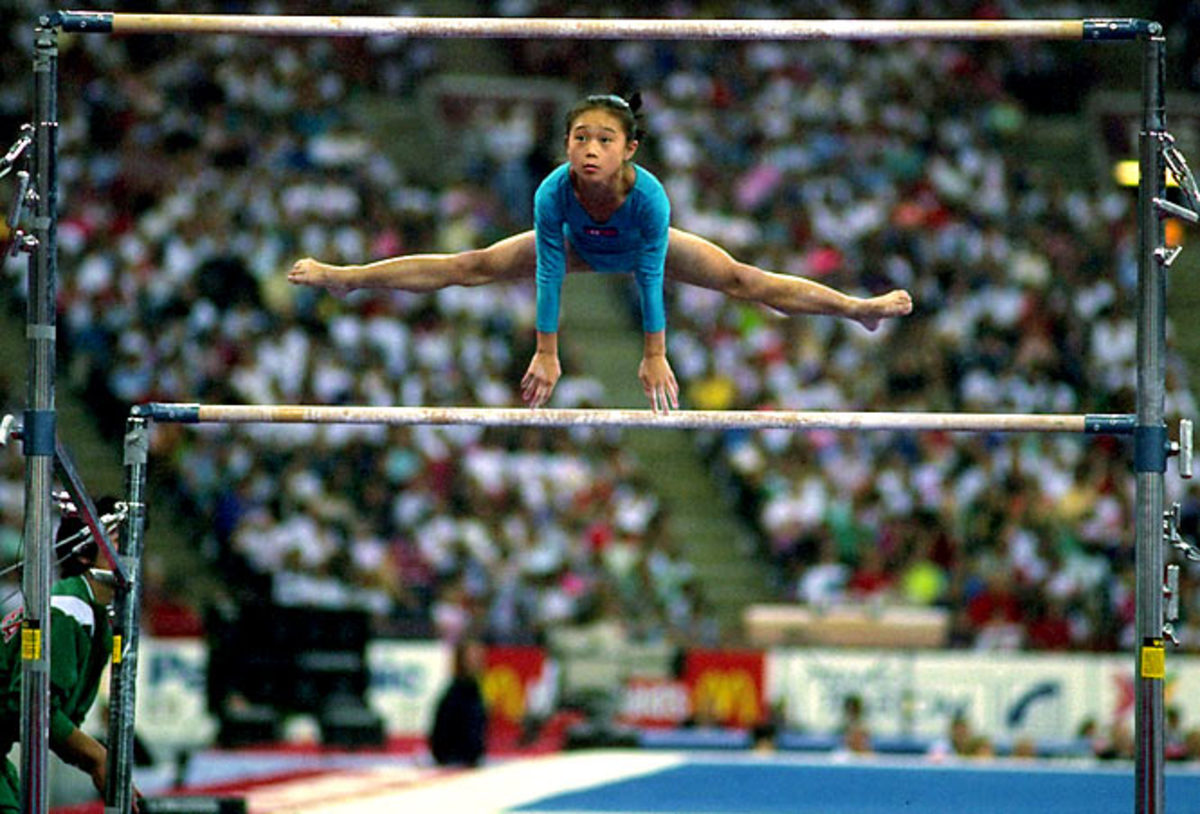
A gymnast at the 1992 Olympics for North Korea, Kim was also at the forefront of the one of the biggest age scandals in history when she was listed as 15 years old for three consecutive years. Her petite frame fooled everyone, including the FIG, who never obtained her real age and decided to ban the North Korean team from the 1993 World Championships.
Yang Yun
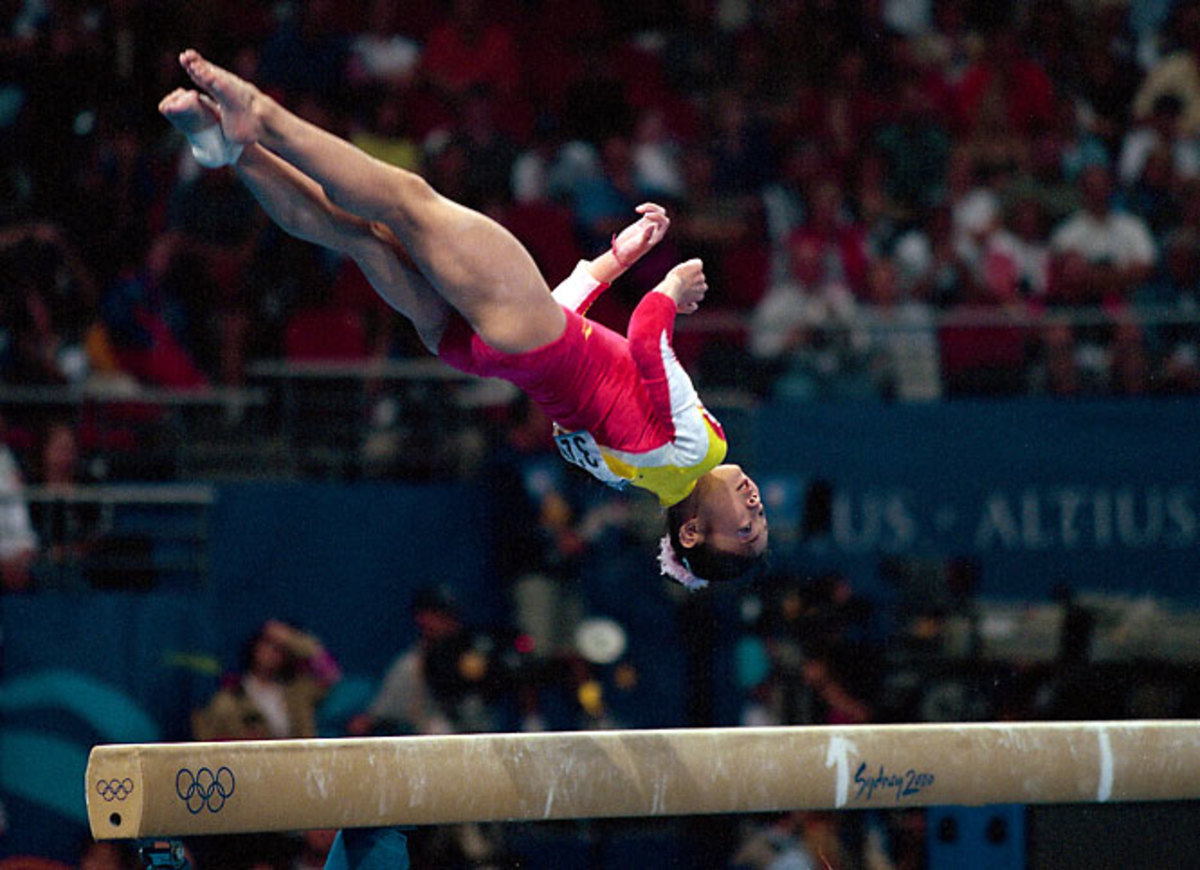
At the 2000 Olympics, Yang won bronze in both the uneven bars and in the team competition for China. Now a reporter for China's CCTV, Yang admitted on air during the Beijing Olympics that she was only 14 when she won her medals.
Rafael Furcal
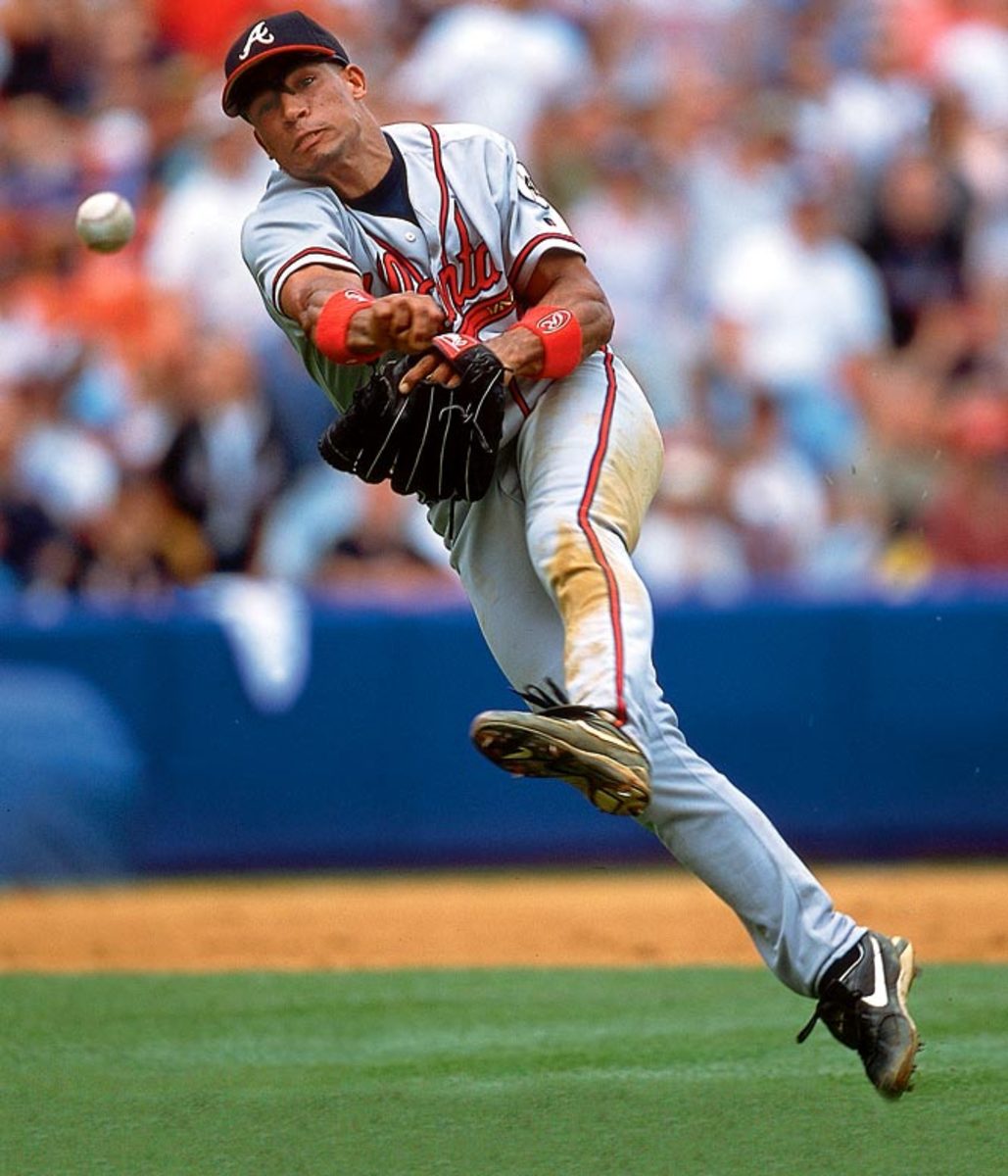
While a minor-leaguer, Furcal's birth date was recorded differently many times, all sticking within a rage of four years. He ultimately came clean as to his age -- 22 -- when arrested on suspicion of DUI and charged with underage drinking.
Adrian Beltre
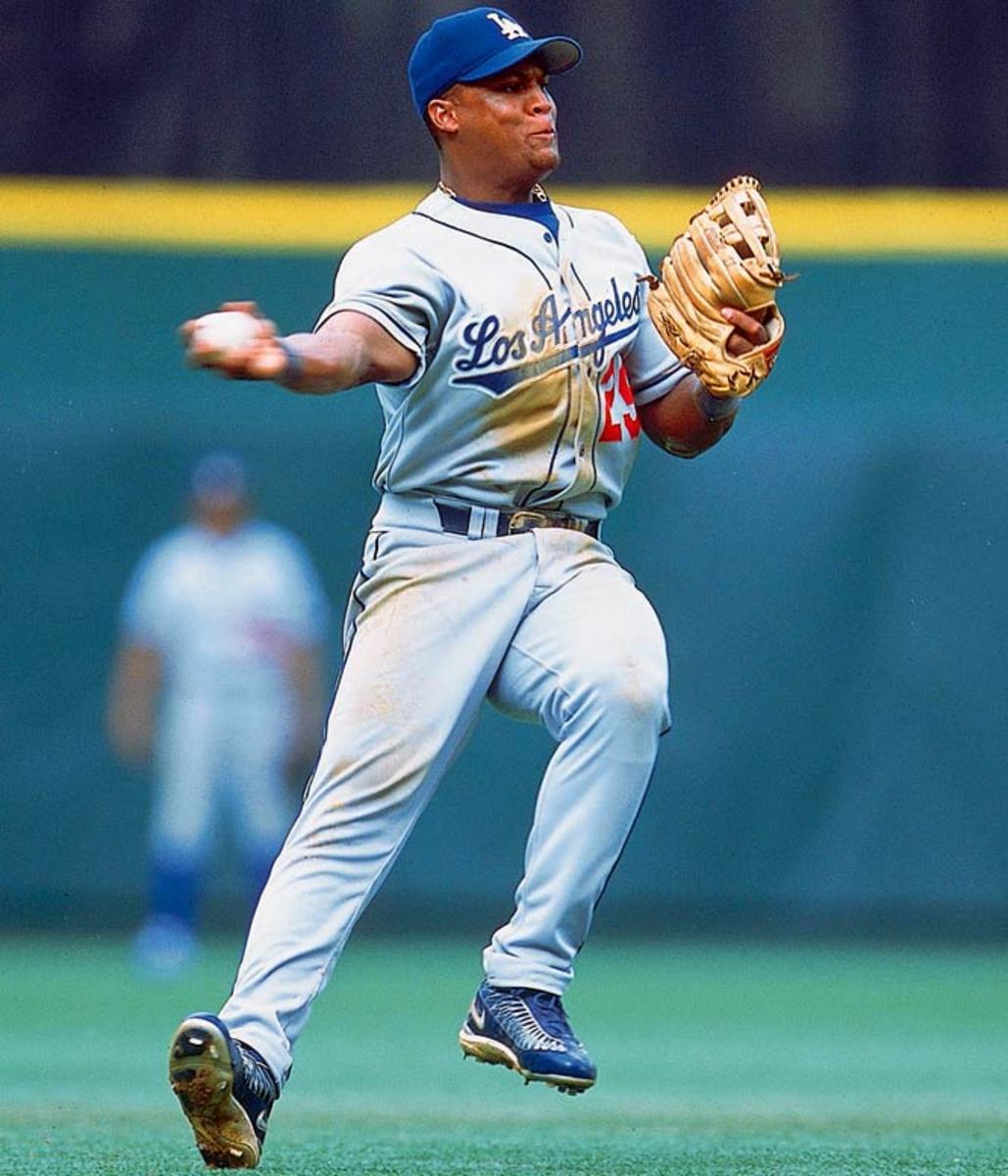
Only 15 years old and 130 pounds, Dominican prospect Beltre was signed by the Los Angeles Dodgers in 1994 after scouts Ralph Avila and Pablo Peguero took notice of him. Beltre received a $23,000 signing bonus from the Dodgers, but once commish Bud Selig found out about the underage deal, he suspended the club's scouting operations.
Miguel Tejada
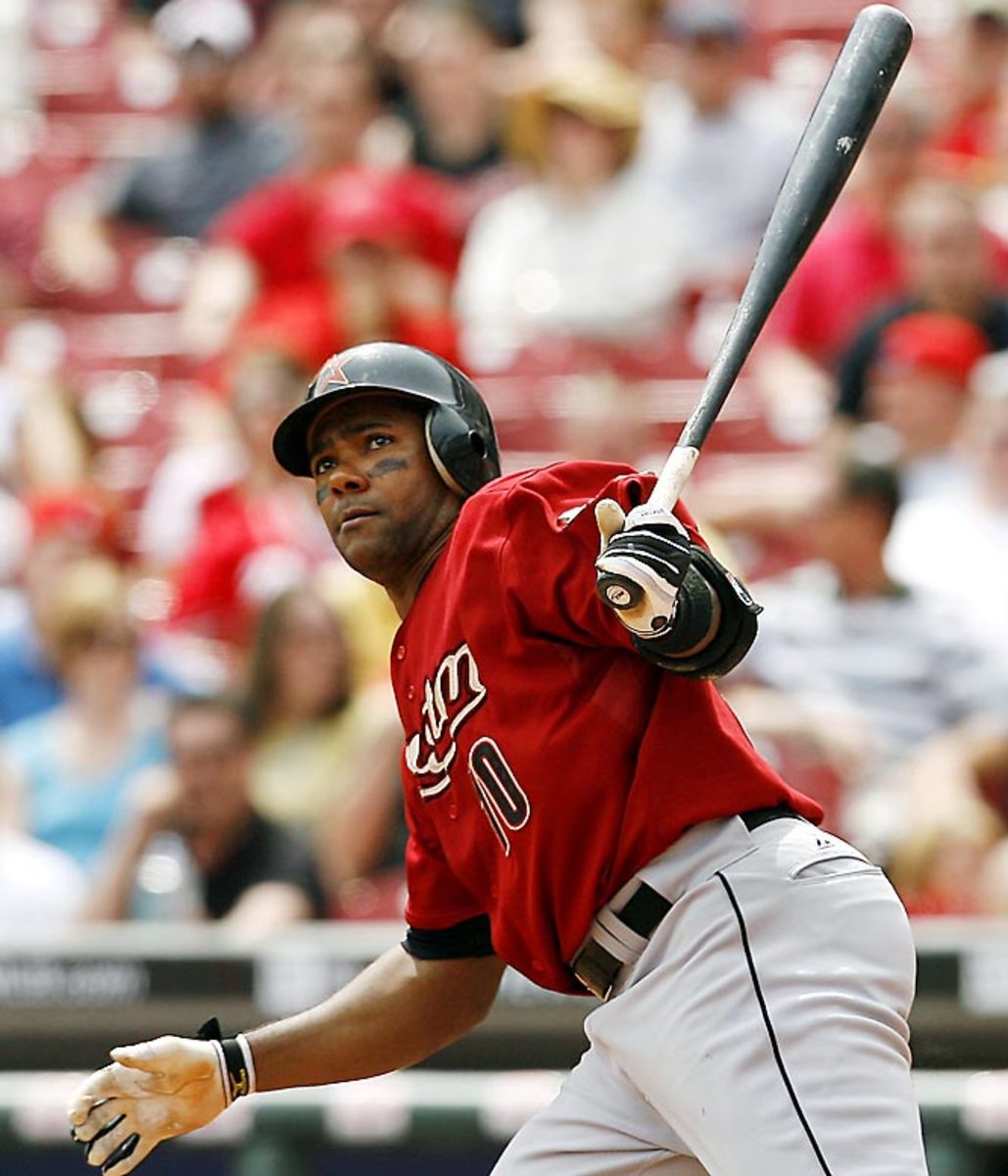
In arguably one of the most awkward interviews in television history, Tejada was ruthlessly questioned by an ESPN reporter who proved the shortstop had been lying about his age since joining the big leagues. Tejada first signed with the MLB in 1993, when he then claimed he was born in 1976. His Dominican birth certificate, however, showed he was born in 1974.
Spencer Haywood
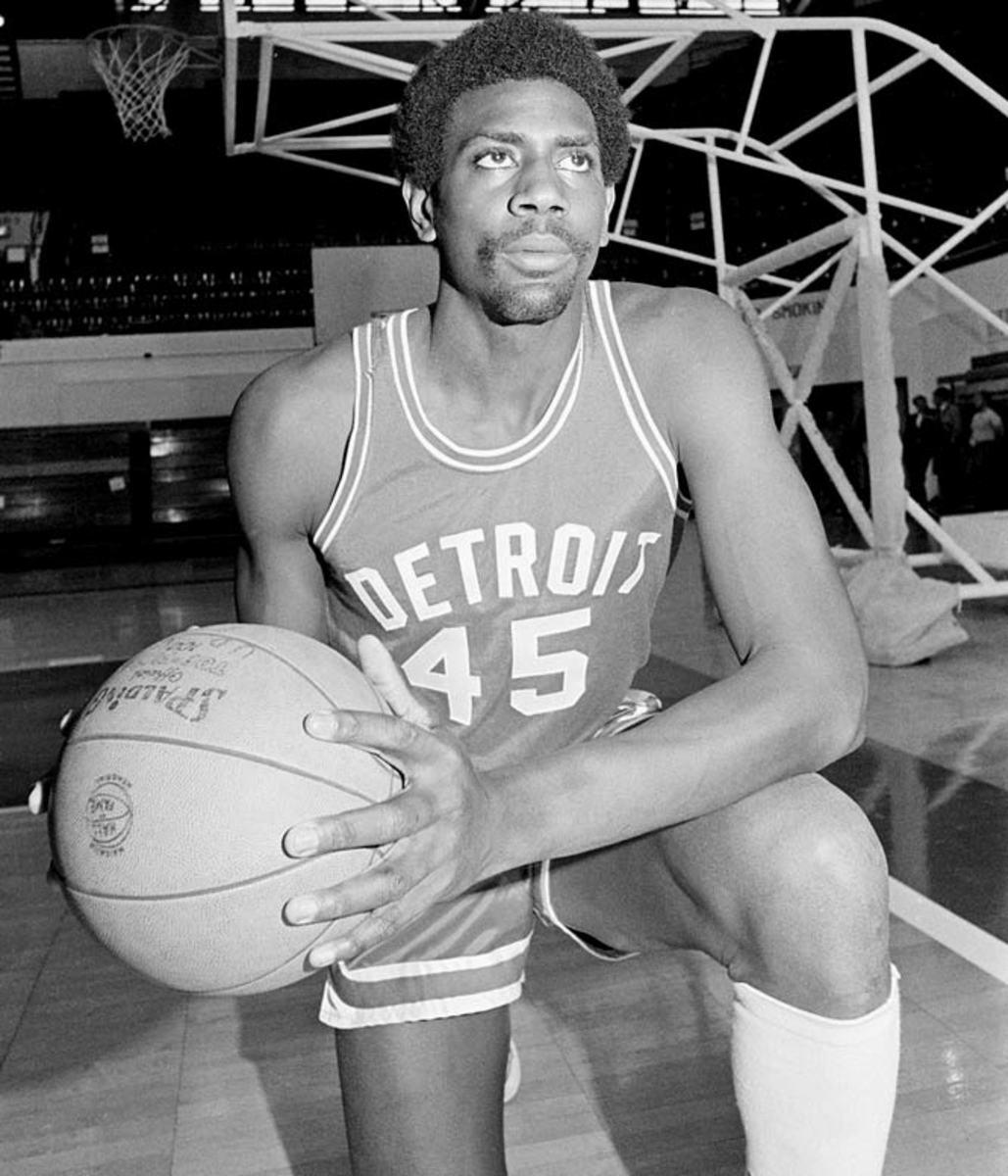
After scoring an average of 32.1 points and grabbing an NCAA-best 21.5 rebounds per game for the University of Detroit during the 1968-69 season, Haywood opted to turn pro after his sophomore season. But the NBA required a player to wait four years after graduating high school before joining its ranks. Haywood signed with the Denver Rockets of the American Basketball Association instead, and, in turn, opened the doors for underclassmen to enter the NBA Draft.
Maurice Clarett

NFL rules require a player to wait at least three years after graduating from high school before entering the draft. Clarett decided to test that rule, though, when he tried to enter in 2004 -- just two years after high school. He sued the NFL for not allowing him to enter, but after the case reached the Supreme Court, he lost his bid. Clarett was drafted 101st overall in the 2005 NFL Draft by the Denver Broncos.
Greg Oden
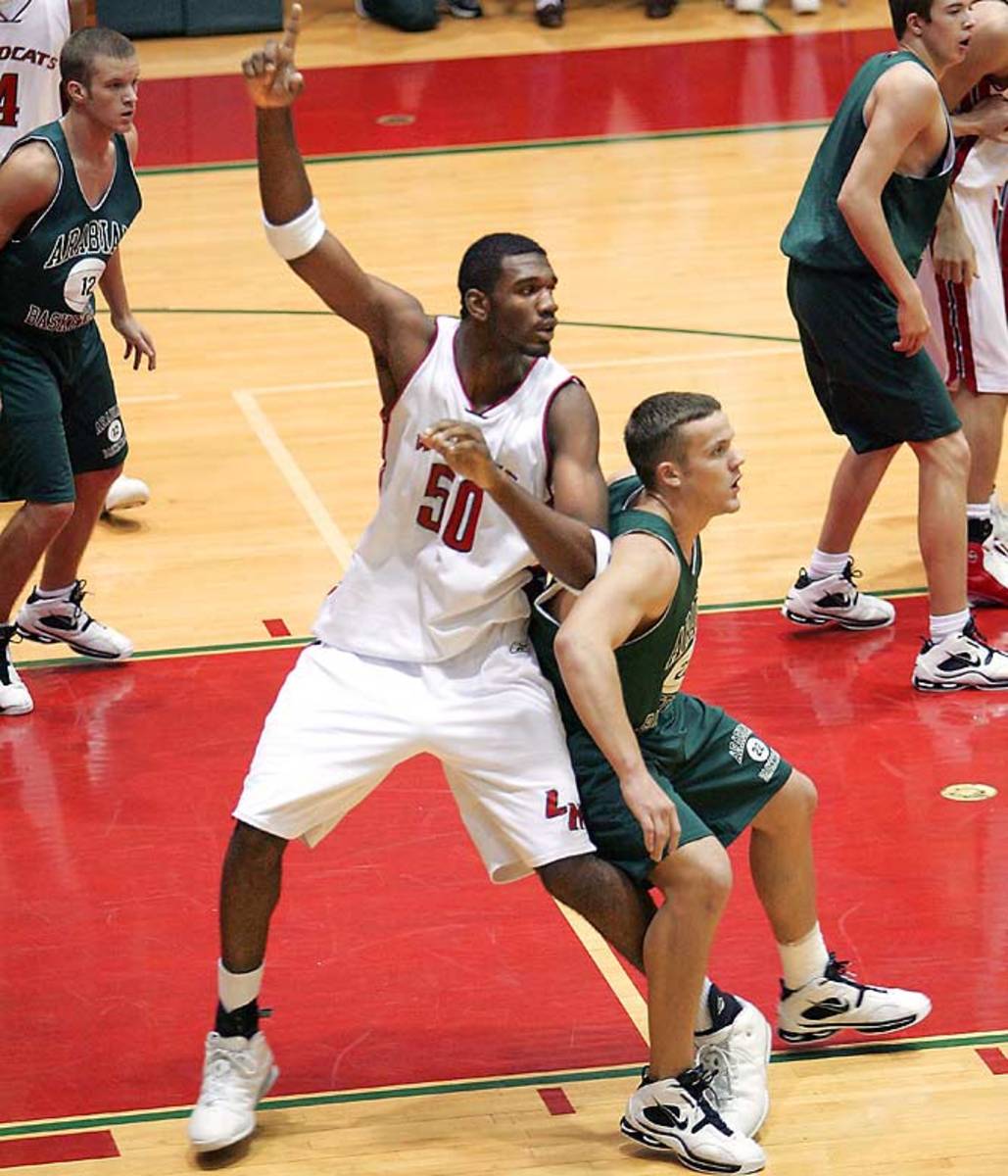
Oden was probably the most notable player affected when the NBA installed the 19-year-old age limit in 2005. Oden would have been a shoe-in for high-school-to-NBA transition, but as a high school senior when the new rule took affect, he was forced to play at least one year in college before making the jump.
Michelle Wie
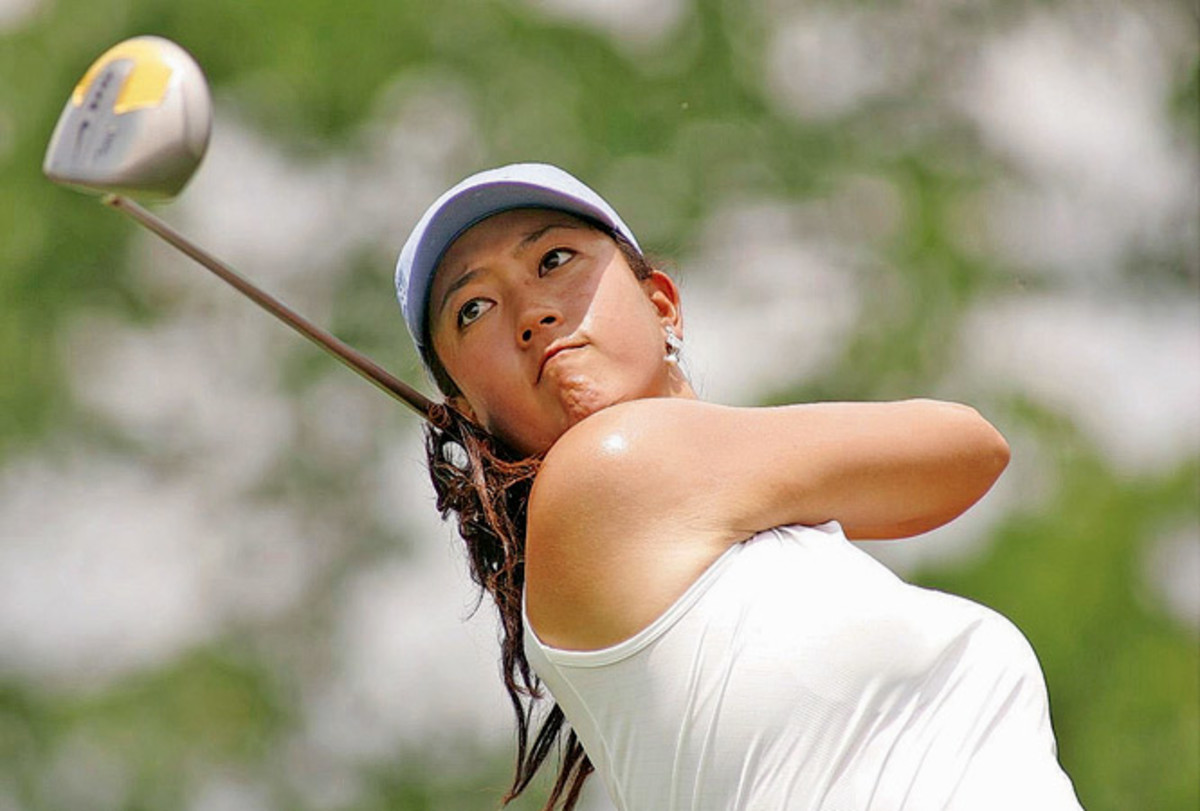
Dubbed a phenom before she hit in a professional tournament, 15-year-old Wie competed in the U.S. Women's Open and the Women's British Open thanks to special petitions that allow for girls as young as 15. Normally, the LPGA sets the bar at 18.
Kyle Busch
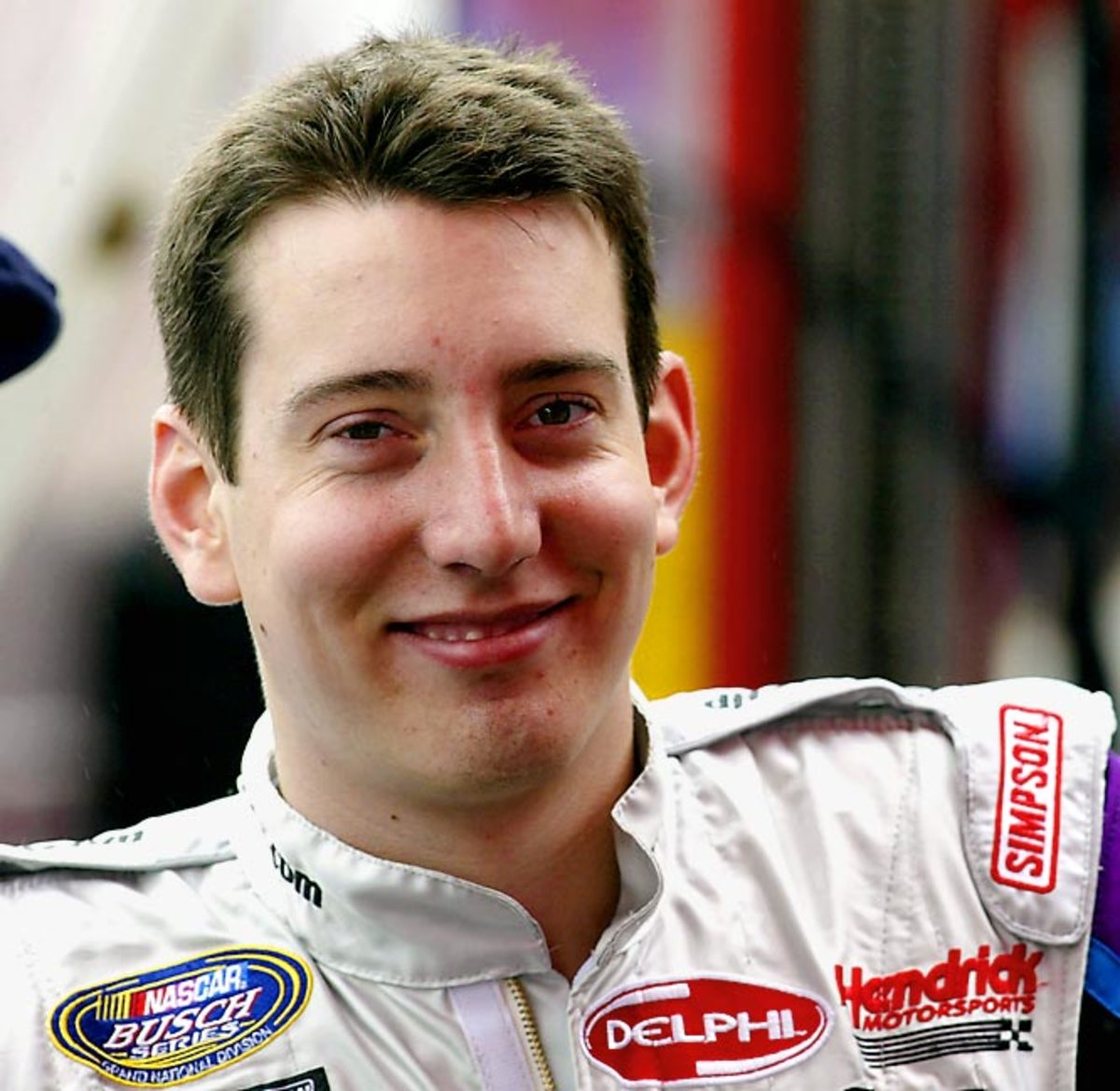
Only 16 at the time, Busch competed in six races in the Craftsman Truck Series. Two months after his debut, NASCAR enforced an 18-year-old age limit for its top divisions and removed Busch from the series. During the two-month span, Busch was also kicked out of a race at California Speedway because it featured a CART race sponsored by Marlboro Cigarettes. Federal law prohibits persons under 18 from participating in events sponsored by tobacco companies.
